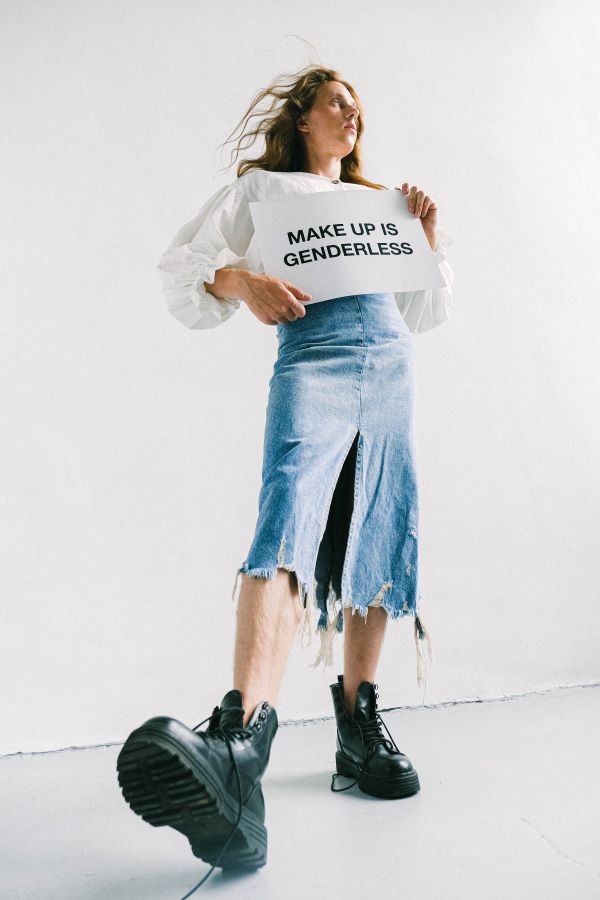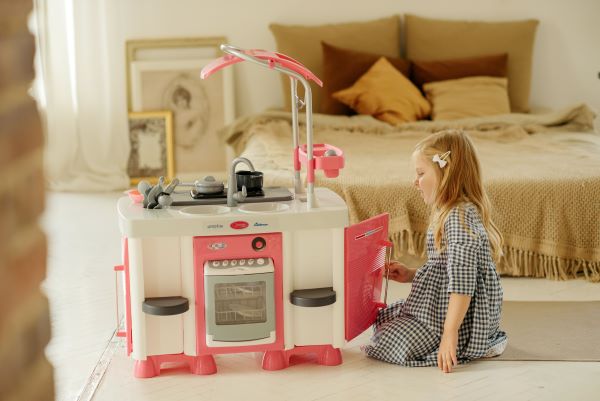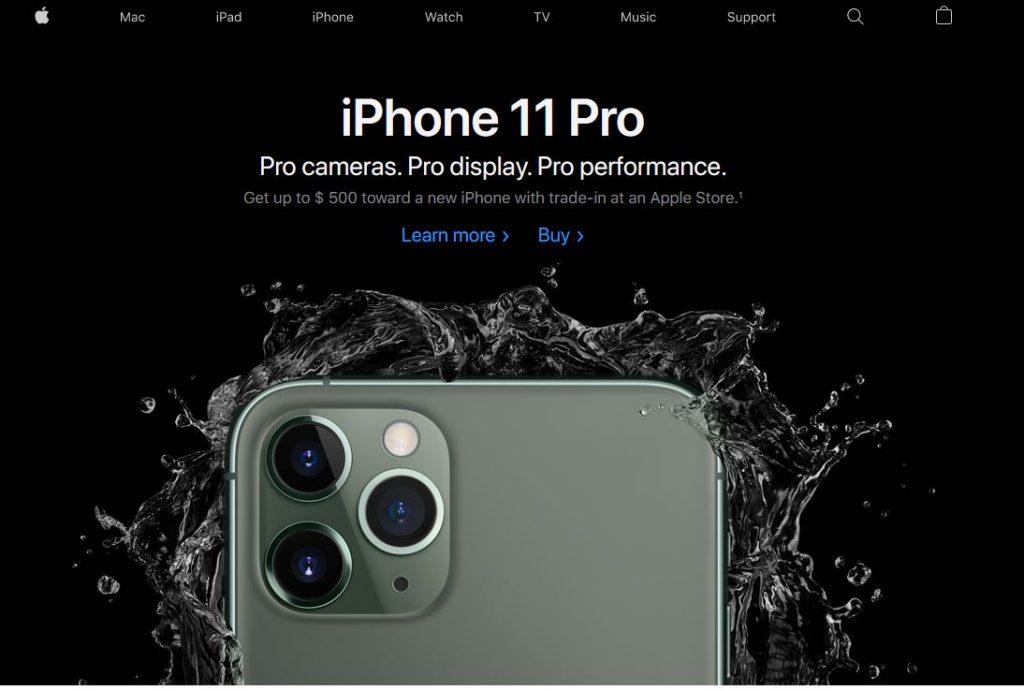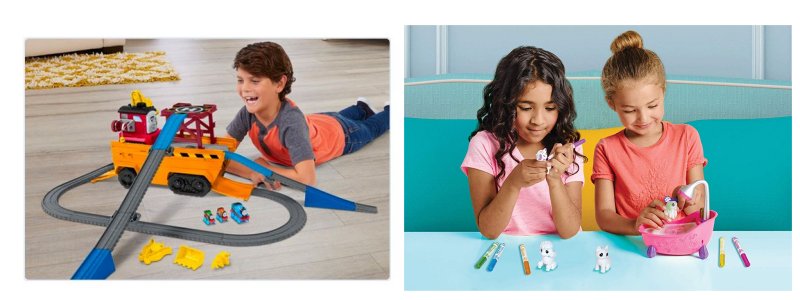In the world of marketing, understanding your target audience is key to success. However, when it comes to gender marketing, many brands may find themselves inadvertently limiting their growth potential. In this article, we will explore the impact of gender marketing on brand growth and how companies can adapt their strategies to reach a broader audience.
The Impact of Gender Marketing on Brand Growth

Gender marketing is the practice of tailoring marketing strategies and messaging to target either male or female consumers specifically. While this approach may have been effective in the past, it can also lead to excluding potential customers who do not fit into traditional gender norms. By pigeonholing their target audience, brands may miss out on valuable opportunities to expand their reach and appeal to a more diverse customer base.
Is Gender Marketing Still Relevant in Today’s Society?

With changing attitudes towards gender and an increasing focus on inclusivity, many consumers are pushing back against traditional gender norms. As a result, brands that rely heavily on gender-specific marketing may find themselves alienating a significant portion of their audience. In a society that is becoming more aware of gender fluidity and non-binary identities, is gender marketing still an effective strategy for brands?
The answer to this question ultimately depends on the industry and target demographic. While some products may naturally lend themselves to gender-specific marketing, such as beauty products or athletic gear, many brands are finding success by taking a more inclusive approach. By focusing on shared values and experiences rather than gender stereotypes, companies can appeal to a broader audience and position themselves as leaders in diversity and inclusion.
How Can Brands Adapt Their Marketing Strategies?

To avoid limiting their growth potential, brands can take several steps to adapt their marketing strategies and reach a more diverse audience. One approach is to conduct market research and gather data on their target demographic’s attitudes towards gender and inclusivity. By understanding their audience’s preferences and values, brands can tailor their messaging to resonate with a broader range of customers.
Another strategy is to partner with influencers and ambassadors who represent diverse gender identities. By featuring a mix of voices and perspectives in their marketing campaigns, brands can signal their commitment to inclusivity and attract a more diverse customer base. Additionally, brands can revisit their product offerings and packaging to ensure they are gender-neutral and appeal to customers of all genders.
Conclusion:
In conclusion, gender marketing can indeed limit a brand’s growth potential by excluding potential customers who do not fit traditional gender norms. By taking a more inclusive approach to marketing, brands can reach a broader audience and position themselves as leaders in diversity and inclusivity. In today’s society, where attitudes towards gender are rapidly evolving, it is essential for brands to adapt their strategies to reflect these changes and appeal to a more diverse customer base. By embracing inclusivity and challenging traditional gender stereotypes, brands can unlock new growth opportunities and connect with customers on a deeper level.
